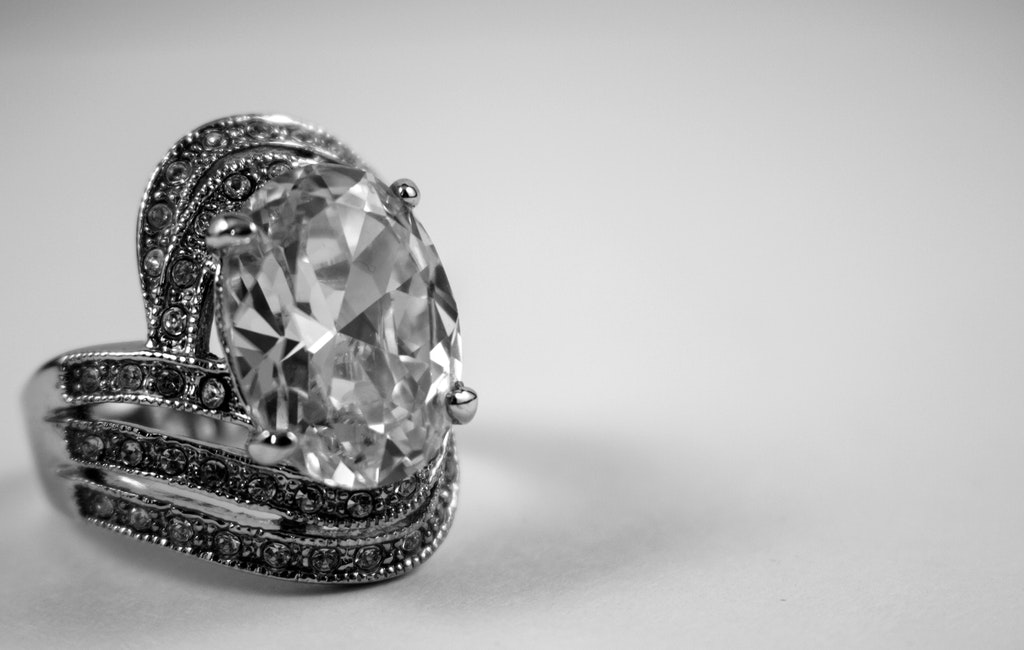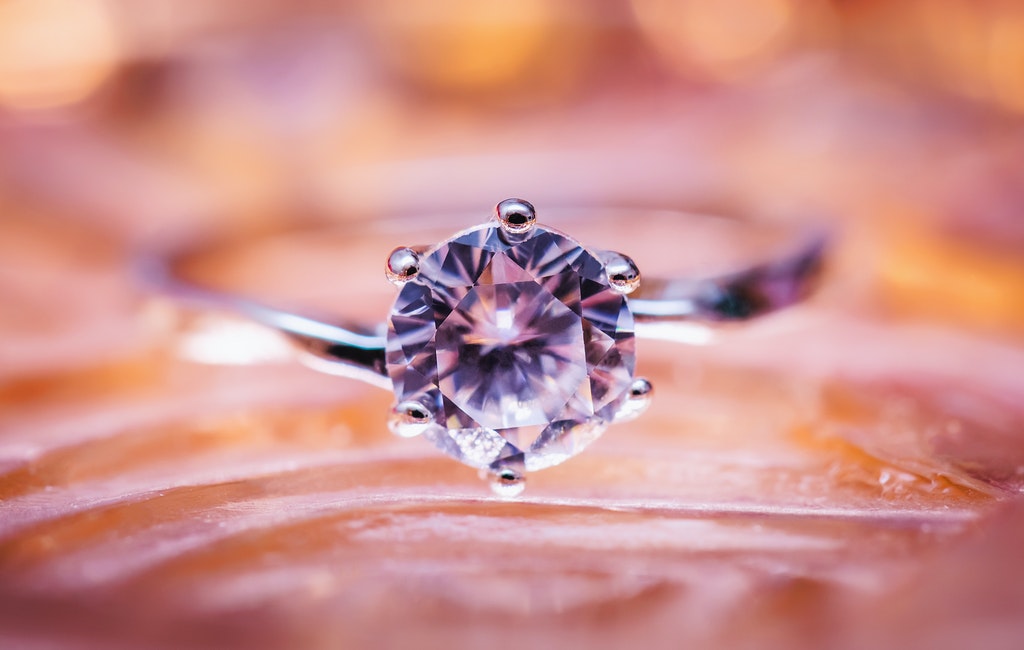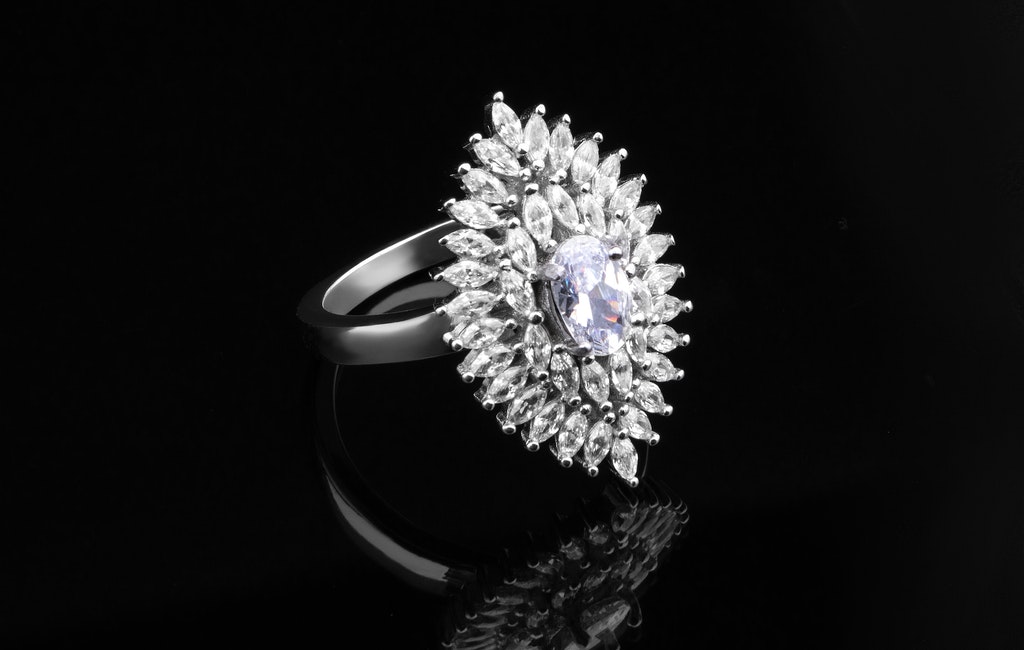Gemstones are some of the most beautiful and most desirable items that exist in the world. They are usually formed due to the transformation of mineral deposits such as corundum, beryl and pure carbon, at the hands of forces such as heat and pressure.
Gemstones are numerous in number and there are various forms of them, buried in specific sites around the world (as most gemstones are only available in very particular areas on the planet). Sometimes, gems are not found buried underneath the earth’s crust; in some cases, they can be found underwater or in the shells of mollusks.
WHAT ARE THE TYPES OF GEMSTONES IN THE WORLD?
There are different types of gemstones in the world, and all of them can usually be found only in very specific areas of the world. This is because gemstones are relatively rare, owing to the fact that the materials and processes necessary for their formation cannot usually be found everywhere on the planet at a particular point in time. Usually, some gemstones can only be found in places that have once experience volcanic action (e.g. fire opal and some diamonds); while others, such as pearls, can only be found within the shells of mollusks.
Examples of the different types of gemstones – or gems – in the world include the following:

- Diamond
Diamond is the chief gemstone, among all the gemstones in the world. They are usually formed when natural deposits of a mineral known as pure carbon (which is basically 100 percent carbon samples, or carbon deposits, without any form of impurity) are exposed and subjected to very high forces of heat and pressure. What happens during this process is that very high levels of heat and pressure usually work on samples of pure carbon in order to rearrange atoms of pure carbon into a rigid crystal lattice structure, which is usually held together by strong covalent bonds. Due to the extremely strong bonds that hold the crystal lattice of the diamond together, it is usually very difficult for other elements and substances to infiltrate it. However, on some occasions, external substances do manage to get into the diamond’s crystal lattice structure; following which they constitute inclusions, which may reduce their quality. Sometimes, such external substances may also lead to the formation of colors within diamond crystals; thereby resulting in diamonds such as yellow diamonds (i.e. when nitrogen gets into the crystal lattice), blue diamonds (i.e. when boron infiltrates the crystal lattice), purple diamonds (i.e. when the mixture of boron and hydrogen infiltrate the crystal lattice) and so many more.
- Sapphire
Sapphire is one of the precious gemstones in the world, which is known for its very striking and brilliant blue color. Sapphire occurs in nature as a form of the mineral called corundum, mixed with substances such as aluminum oxide, chromium, vanadium, titanium, iron, vanadium or magnesium.
Sapphires are very old gemstones that have been used in making many ancient crowns. The origin of their name comes from the Latin word, “saphirus” and the Greek word, “sapheiros”; which mean “blue”. However, sapphires can also occur naturally in colors other than blue. This is why there are yellow sapphires, green sapphires, orange sapphires, purple sapphires and many others that are often mistaken for other gemstones, which occur more frequently in such fancy colors. Some sapphires, known as parti-sapphires, are known to have more than one color (i.e. about two colors or more).
Culturally, sapphires have been said to represent and depict wisdom. They are also said to attract wisdom, calm and balance into the lives of those that wear them.
Sapphire is the birthstone for September.

- Topaz
Topaz is a semi-precious gemstone that is formed in nature as a silicate of fluorine and aluminum. It is often widely used in the jewelry making industry, for the making of rings, necklaces, bracelets and other jewelry pieces. Topaz is usually colorless, particularly in its common natural state; when it has not reacted with any external substances or elements which may affect its color. However, small amounts of impurities can allow it to have colors such as yellow, golden brown and pale blue.
When exposed to heat or treated with high temperatures – as well as radiation – topaz can usually assume colors such as orange (or reddish-orange), purple, pink, deep blue or green. The most uncommon types of topaz are those that occur in colors such as red, pink, and golden orange without any form of artificial heat treatment (i.e. the kind of topaz that occur naturally in such colors).
Apart from being used widely in the making of jewelries, topaz is also used in the making of ornaments. This is because it is relatively stable gemstone to work with. Topaz is one of the hardest known natural minerals in the world and this hardness makes it suitable for a lot of processes. However it is relatively accessible and can be found in a lot of places around the world.
WHICH TRAIT DOES TOPAZ SHARE WITH DIAMOND?
One interesting thing about topaz – white topaz, in particular – is the fact that it is somewhat similar to diamond, when it comes to certain aspects; such as their physical appearance, sparkle or brilliance.
First of all, white topaz and diamonds are both very hard substances. White topaz has a grade of 8 points on the harness scale, whereas, a diamond has a score of 10. Asides this, both white topaz and white diamonds are white – or transparent – in color. They both also have their own natural glow or sparkle (although, that of diamonds are more lasting and abiding, compared to the brilliance of white topaz. After all, diamonds are forever). In order to maintain this sparkle or glow, white topaz has to be cleaned regularly, while diamonds do not require such constant servicing or maintenance. It is possible for white topaz to get murky and less brilliant with time, but diamonds generally do not encounter the same problems.
On the other hand, white topaz does happen to be considerably cheaper, compared to diamonds.

